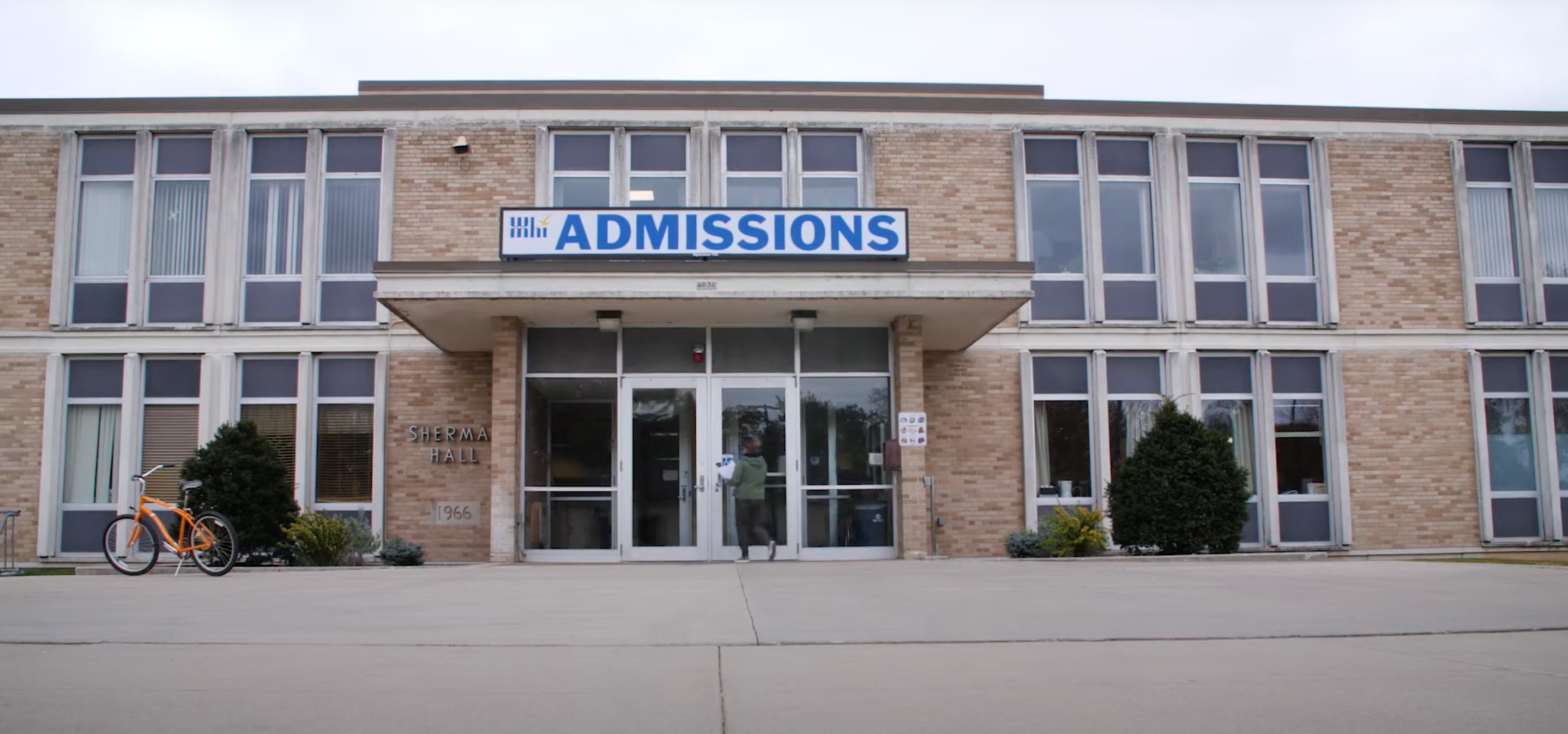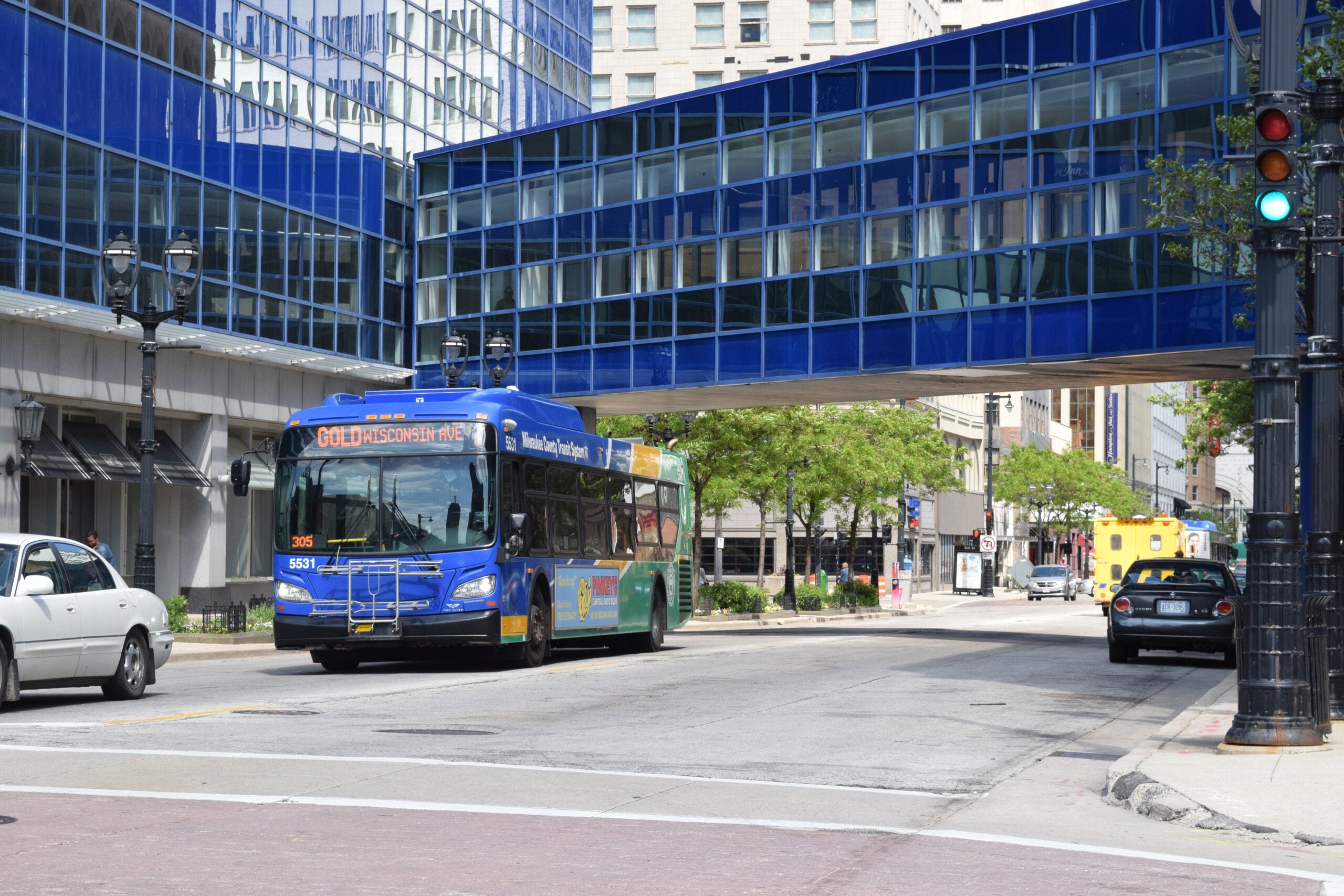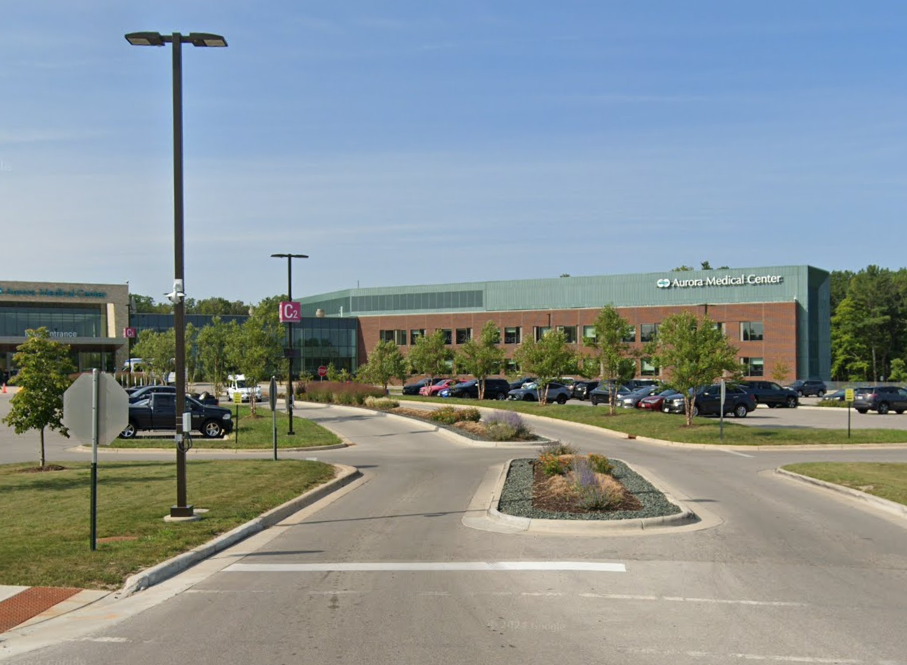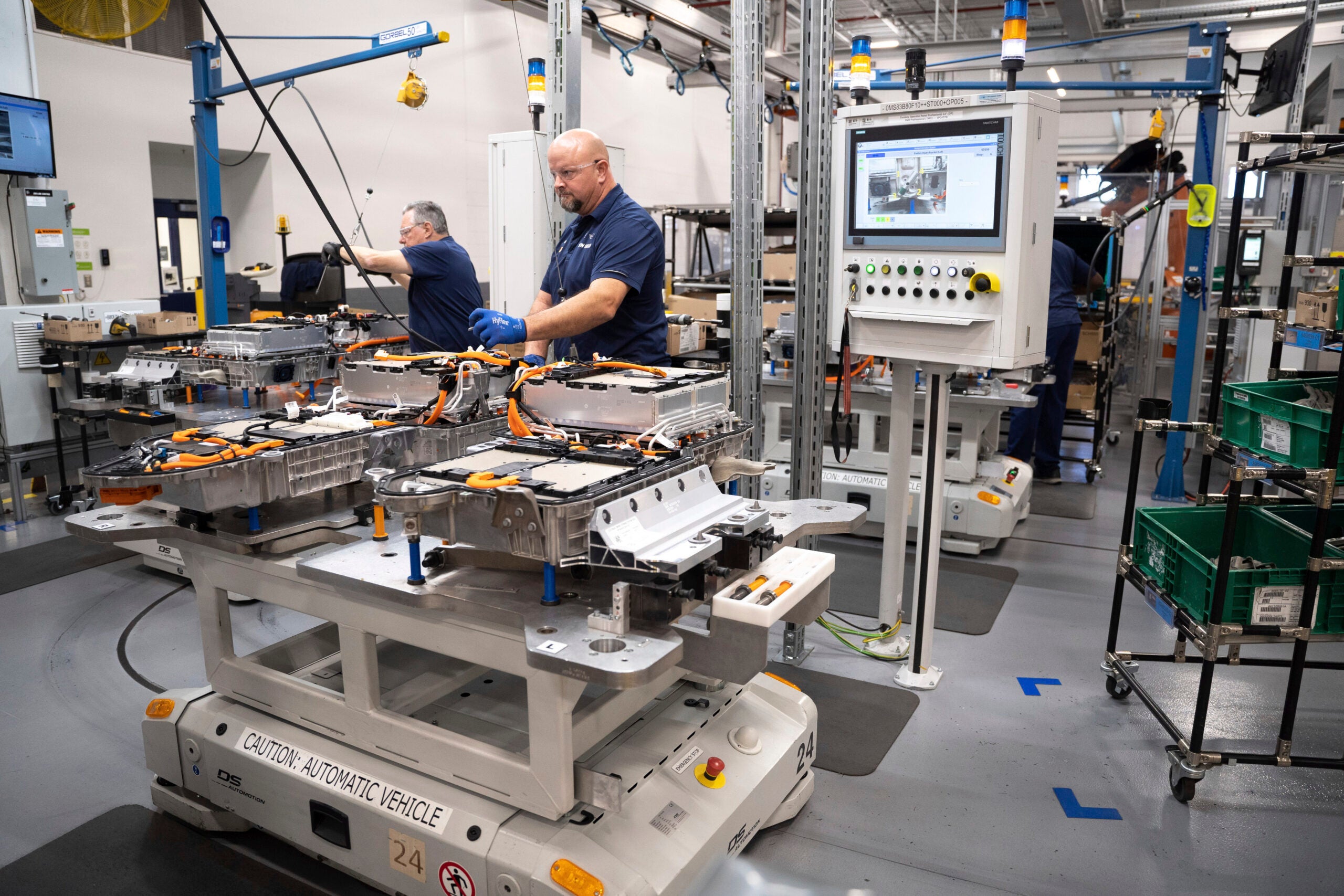Wisconsin’s businesses are scrambling to fill open jobs in a tight labor market, but many people face obstacles that prevent them from joining the workforce.
The federal government defines employment barriers as conditions that make it difficult to work. Those can include child care arrangements, unreliable transportation, mental health issues, a past criminal record or a lack of adequate housing.
Despite those obstacles, Wisconsin’s unemployment rate hit a record low in February at 2.7 percent and nonfarm jobs also hit a new record high of 2,997,400, according to the state Department of Workforce Development.
News with a little more humanity
WPR’s “Wisconsin Today” newsletter keeps you connected to the state you love without feeling overwhelmed. No paywall. No agenda. No corporate filter.
But the state’s labor force participation rate — a measure of people working or looking for work — has been trending downward since 1997. The state’s labor force participation rate was 64.5 percent in February, down 10 percent from 1997.
While Wisconsin continues to outperform the country as a whole in terms of unemployment and labor force participation, employers still have numerous vacant positions. And, as of last October, the state had 112,000 more job openings than people to fill them.
Republicans in the state Legislature recently unveiled a package of bills aimed at tightening up the state’s unemployment insurance system, which some business groups say could address the labor shortage.
But Laura Dresser, associate director of the COWS economic think tank at the University of Wisconsin-Madison, said another approach could be addressing the issues that prevent people from joining the workforce, like child care, transportation and mental health.
“The central question is: Do we support workers and … (build a) system that supports their engagement in the labor market, and, therefore, economic development in our communities? Or do we try and pretend that there’s just a lot of lazy people?” Dresser asked.
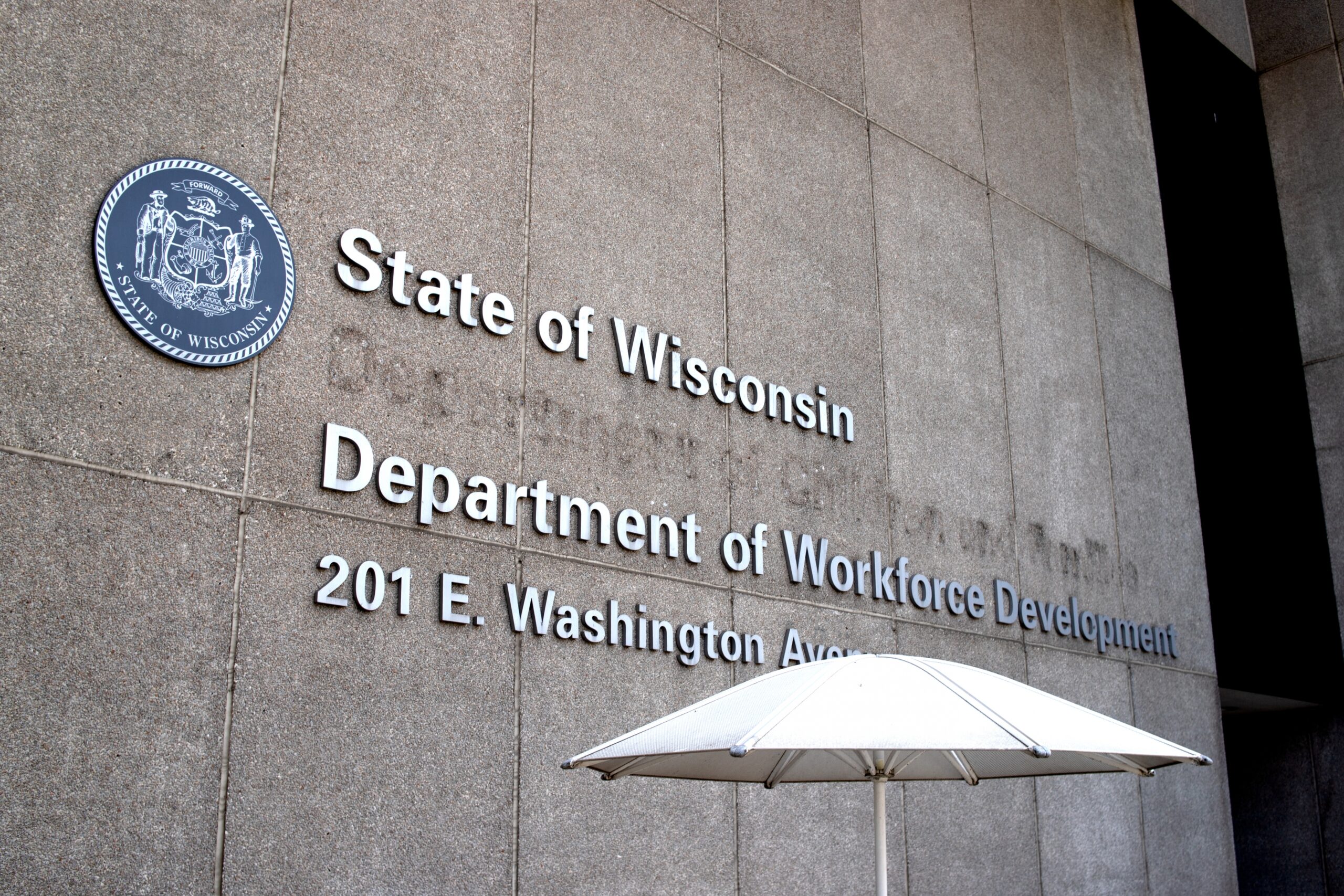
High child care costs push some out of the labor force
According to the Economic Policy Institute, the average cost of infant care in Wisconsin is $12,567 annually, or $1,047 per month.
Those high costs can force some parents of young children — oftentimes mothers — to weigh the costs and benefits of working and paying for child care versus not working and staying home to watch their children, said Lynn Coriano, executive director of the nonprofit Basic Needs Giving Partnership and member of the Greater Fox Valley Child Care Alliance.
Coriano said many mothers left the labor market during the early days of the COVID-19 pandemic when schools closed, and they still haven’t fully recovered.
“If families can’t access affordable care, then they’re having to make those decisions,” she said.
Child care can be especially challenging for low income workers and single parents, Dresser said.
“For lower-wage workers, that trade off — the expense of child care relative to the wage from the job — can really dissuade people from working,” she said.
Coriano said profit margins for child care providers are often much slimmer than other private businesses, which often causes them to provide low wages. As a result, many providers are dealing with their own staffing shortages.
While the American Rescue Plan Act, or ARPA, did allocate funds to support better wages for people working in child care, those funds will stop in 2024, Coriano said.
“That investment of additional ARPA dollars during COVID has made a huge difference in maintaining the system that we currently have,” she said. “It’s not perfect, but it’s actually helped support some providers from shutting down.”
Coriano said the child care system in Wisconsin “is broken” and described it as a “market failure.” She said public investment is needed to ensure child care workers make living wages, and to make it more affordable for families.
“We invest in roads so that people have safe roads to get to work. We need to be investing in care as key infrastructure so that people can get to work,” Coriano said. “It’s not one sector’s problem, it’s everyone’s problem. Businesses are being impacted, families are being impacted (and) communities are being impacted.”

Lack of reliable transportation makes working difficult
Transportation can also be a barrier for people who do not have a reliable vehicle to get them to work, said Eric Broten, director of economic Development for the Fox Cities Chamber of Commerce.
He said many workers live in one city in the Fox Valley, but commute to another for work. In the city of Neenah, for example, only 8.4 percent of residents lived and worked in the city in 2022.
While the Fox Cities has Valley Transit, a bus service that connects nine municipalities, it doesn’t meet all needs, Broten said.
“The bus routes only go so far,” he said. “Once you get out a certain distance, they just don’t run that far. Some employers aren’t serviced by the buses.”
Hours can also be a struggle because those buses run from 6:15 a.m. to 9:45 p.m. during the week, Broten said.
“If you’re working second or third shift, you might not have bus service if your hours fall outside of that schedule that Valley Transit has,” he said.
To address the issue, the bus service launched the Valley Transit Connector program in 2007. It’s a micro-transit service that helps fill gaps in traditional fixed-route bus service that consists of six key transfer points in the Fox Cities. Its late evening service operates from 10 p.m. to midnight and early morning service is from 4 to 6 a.m.
Dresser said transportation can also be an issue in the state’s two largest cities for workers living in the city and looking for work in the suburbs.
“Our best bus systems and public transit systems tend to focus inside the cities, but as you’re trying to move around in the suburban area, it’s very hard to make transportation work,” she said. “Employers out there can’t tap directly to the workers through public transit because we don’t invest sufficiently.”
Mental health can be a barrier to participating in the economy
Another factor that can make it difficult to participate in the workforce is mental health, according to Mary Kay Battaglia, executive director for the National Alliance on Mental Illness’ Wisconsin chapter.
Four in 10 American Adults have experienced high levels of psychological distress at least once between March 2020 and September 2022, according to the nonpartisan Pew Research Center. That rate is even higher for 18- to 29-year-olds, 58 percent of whom experienced at least one instance of high psychological distress over the same period.
“When you’re in a mental health crisis or mental health struggles, it can affect your ability to concentrate, it affects your ability to plan, it affects your ability to execute and complete tasks that are required from your job,” Battaglia said.
A child struggling with mental health issues can hamper their parents’ ability to go to work, she said.
In Wisconsin, the number of students who said they feel “sad and hopeless almost every day” increased by 10 percent over the last decade, and 22 percent of high school students reported self-harm, according to the state’s Office of Children’s Mental Health.
“It affects a lot of people, not just the person we’re identifying that is struggling but also the people around them and the ability to work,” Battaglia said.
She said the state’s shortage of mental health professionals makes it even more difficult for those struggling with anxiety or depression to get the help they need.
“If someone’s struggling and they’re trying to get help, and they can’t find someone to help them, then the struggle usually gets longer and takes a longer time to recover,” Battaglia said.
The cost of therapy can also dissuade people from seeking help. Battaglia said a one-hour session usually costs between $100 to $120. She said many insurance providers don’t cover therapy and those that do often have high deductibles. And some therapists, she said, don’t accept insurance.
“Right now in Wisconsin, we don’t focus on community services for psychiatric and mental health,” Battaglia said. “We are focusing a lot on crisis services, and we wait until it’s a crisis.”
Editor’s note: This story was updated to provide clarification on an additional service offered by Valley Transit to help meet workers’ needs outside of traditional business hours.
Wisconsin Public Radio, © Copyright 2025, Board of Regents of the University of Wisconsin System and Wisconsin Educational Communications Board.



